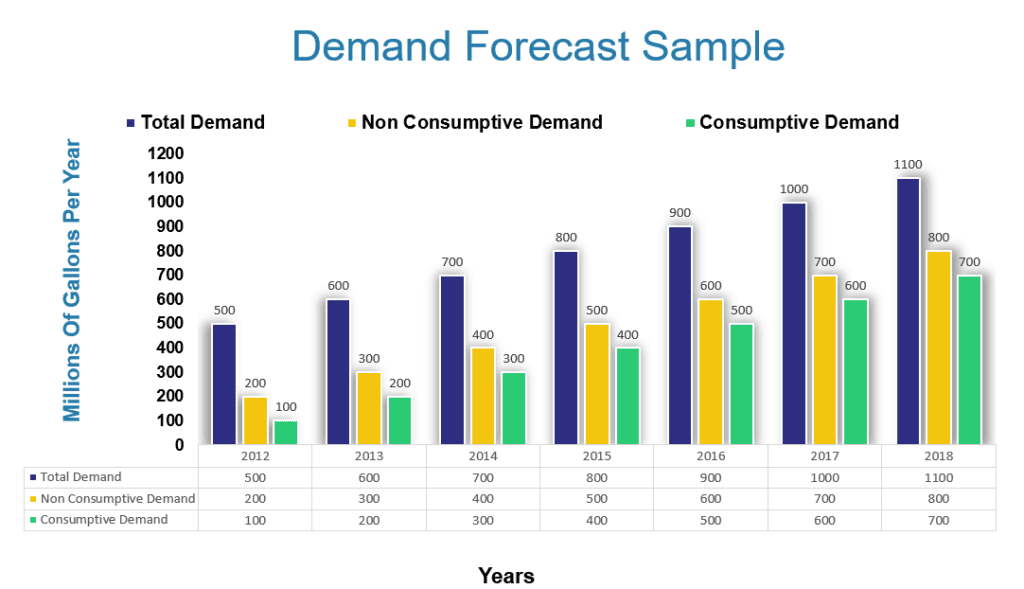As the threat of a major U.S. port strike looms for October 1st, supply chains across the globe are now preparing for significant disruptions that could lead to delays, shortages, and increased costs. If your business involves global transport and logistics, this potential crisis only reinforces the importance of developing proactive strategies to maintain operational continuity.
U.S. ports, particularly those along the West Coast, are the essential arteries for global trade. These ports handle more than half of the nation’s imports, making any disruption to their operations a serious concern. A strike would further aggravate the challenges already present in a post-pandemic world, where supply chains are still dealing with labor shortages, material scarcities, and surging demands. While this port strike poses an immediate risk, the long-term implications of such events should not be overlooked.
At The Poirier Group, we believe that long-term success lies not just in reacting to immediate challenges but in anticipating them. By strategically identifying, prioritizing, and mitigating risks before they escalate, you can navigate these types of disruptions more effectively and even thrive when their competition fails to plan.
Below, we outline key strategies and our insights to help you build resilience in your supply chain and prepare your business to quickly adapt to future challenges.
Most supply chains lack full visibility, which means you are not fully aware of critical vulnerabilities until it is too late. This means having visibility to suppliers, logistics routes, and dependencies. By thoroughly mapping your entire supply chain, you will have a clear picture of where potential disruptions could occur, such as over-reliance on specific U.S. ports or key suppliers.
An example of a strategy for the current strike scenario: Spread the risk by diversifying points of entry for imports. If your business is heavily reliant on U.S. West Coast ports, consider alternatives on the East Coast, or even in Canada or Mexico. This flexibility can help maintain smoother operations if certain ports experience significant delays due to strikes or other disruptions.

Not all risks demand the same level of attention. You’ll need to assess the potential impact and likelihood of each risk. This could involve analyzing how a particular port strike might affect your operations or identifying long-term strategic risks such as a dependency on a sole source supplier. Once risks are categorized, you can work to solve those risks that would have the greatest detrimental impact.
Some ideas to address the above scenarios:
One you have a prioritized risk profile; the next step is to create effective mitigation strategies for each risk. This involves balancing short-term solutions and long-term fixes. For high-priority risks, such as logistics disruptions, you should build out contingency plans, diversify supplier bases, and assess alternative logistics routes. l Lower-likelihood risks may require strategic flexibility or leveraging advanced analytics to improve foresight and planning ahead for possible disruptions.
Some ideas to address the above scenarios:

Supply chains today must be designed for resilience, not just efficiency. Diversifying logistics partners and investing in advanced technologies such as digitization tools will provide the visibility and agility needed to respond quickly to emerging threats. A few examples of supply chain technologies:
Risk management isn’t static. You must regularly review and update your supply chain risk management strategies based on evolving external conditions. This means:
Today’s supply chain environment demands that you have visibility, flexible risk mitigation strategies, and ongoing process improvement activities as the norm. This is the way forward for those who want to remain competitive and secure in a volatile market.
Our experienced and pragmatic supply chain consultants have been in your shoes, understand what you are facing and know how to get your supply chain issues solved! From conducting thorough supply chain mapping to provide a clear picture of each link in your supply chain, to identifying the risks and prioritizing targeted actions and strategies to prevent disruptions before they happen.
Our business process improvement services focus on enhancing the flexibility and adaptability of your operations, ensuring that your supply chain remains agile and efficient even when disruptions occur. Reach out for a free consultation with one of our experienced supply chain professionals to discuss your current state and what’s possible.